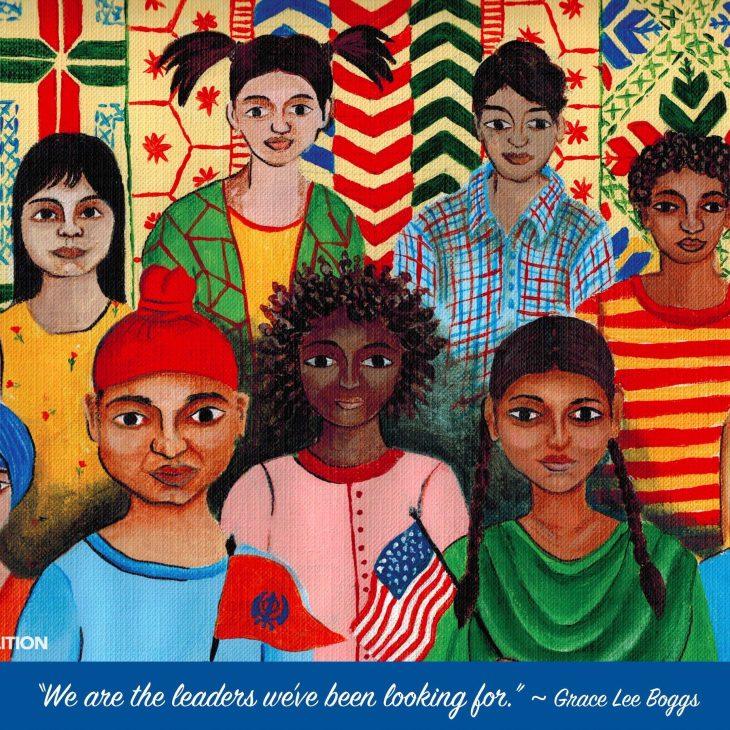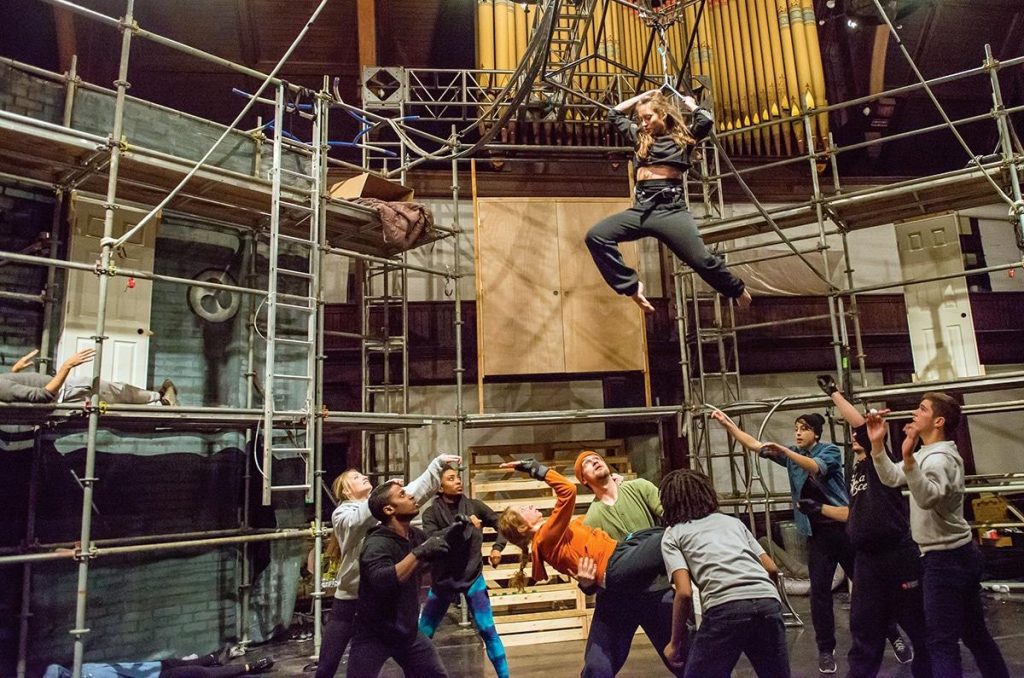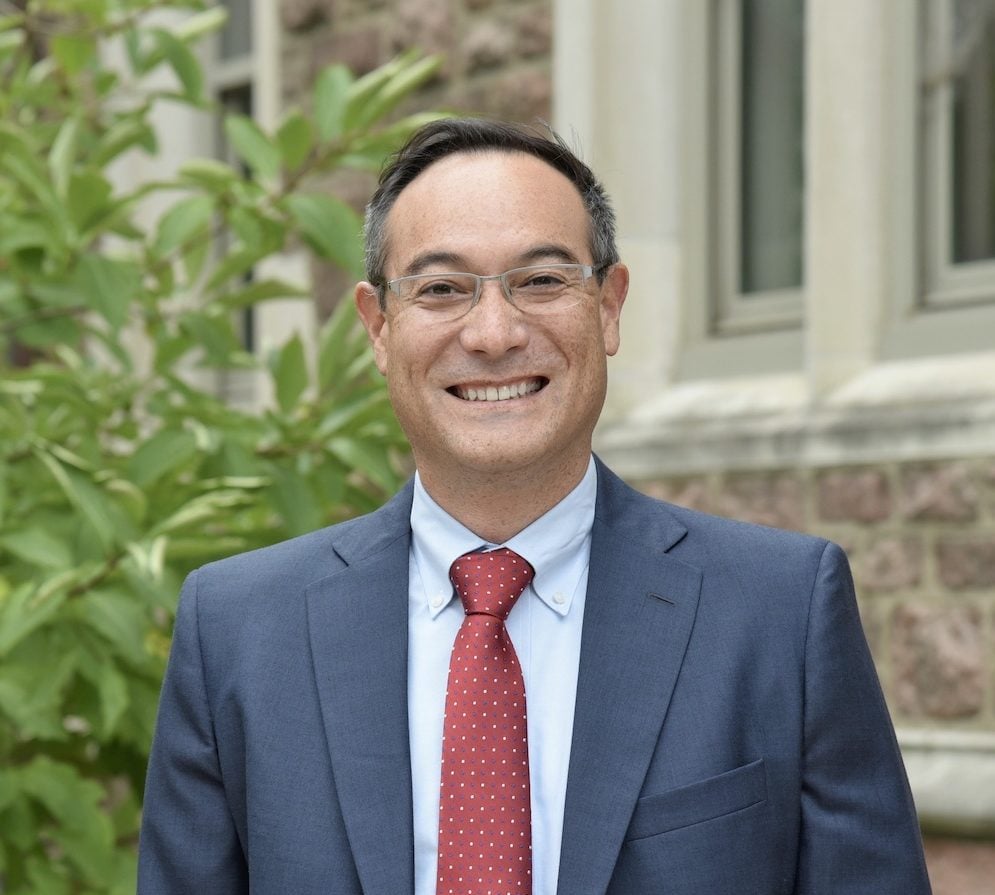Teaching About Religion to Boost Classroom Safety and Students’ Civic Competence
April 8, 2021

With targeted violence against minority communities continuing to rise and political clashes over the most basic questions of diversity, it is increasingly essential for all of us to consider how we prepare today’s youth to be tomorrow’s good citizens of a pluralistic society. Accordingly, educators must continue to prioritize stomping out bullying and hate early–including by prioritizing inclusive education that provides opportunities for students to share and learn about each other’s diverse backgrounds. Stomp Out Bullying’s National Culture Week takes place next week from April 19th to 23rd, and the call to change school culture from cruelty into kindness and inclusivity is a worthy one.
Among the topics educators must address to reduce bullying and to ensure representation in the classroom are religion and religious identity. According to the American Academy of Religion (AAR)–the world’s largest learned society dedicated to the academic study of religion–the study of religion from an academic, non-devotional perspective in primary, middle, and secondary school is critical to decreasing religious illiteracy and the bigotry and prejudice it fuels. The National Council for the Social Studies (NCSS) has emphasized that “knowledge about religions is not only a characteristic of an educated person but [also] necessary for effective and engaged citizenship in an interconnected and diverse nation and world.” Moreover, in 2014 NCSS affirmed the AAR’s ’s guidelines for teaching about religion in K-12 schools, stating that “schools have a civic and educational responsibility to include robust study about religions in the social studies curriculum.”
Thankfully, there are guidelines to help teachers tackle that in a constitutionally appropriate way, where they are not teaching religion per se, but are teaching effectively about religion. For example, guidelines sent to every public school in the country by the U.S. Department of Education affirm that a school’s approach to religion should be academic, not devotional. To quote the guidelines,
• The school strives for student awareness of religions, but does not press for student acceptance of any religion.
• The school sponsors study about religion, not the practice of religion.
• The school may expose students to a diversity of religious views, but may not impose any particular view.
• The school educates about all religions; it does not promote or denigrate religion.
• The school informs students about various beliefs; it does not seek to conform students to any particular belief.
Unfortunately, classrooms often omit teaching about minority religious communities and non-religious communities, and statistics show that the children from these religious minority and non-religious communities remain among the highest targeted groups for bullying. There are several reasons that students from these groups remain under-represented at school. At the policy level, many states do not include teaching about religion or avoid enumerating certain religious communities, and these smaller and non-religious communities are often neglected when curriculum is developed at the school district level; similar gaps exist when teachers are selecting instructional and assessment materials, given the disparity in resources available around teaching about different religious traditions.
The good news is that teachers who choose to make a commitment to creating safer and more inclusive classrooms have a steadily growing repository of resources at their disposal when it comes to choosing engaging content for their students. This content should allow children to understand who they are and the different parts of their identity, and it should build on that foundation to encourage children to think about who is around them and what other identities are represented in their classroom and the wider world. To help select the right material, critical questions for a primary school teacher to consider when selecting a children’s book, for example, would be: Do the books I choose have windows and mirrors where children feel seen, heard, and validated? What identities are being represented in the story? Does it accurately and appropriately represent the lived experiences of people within the groups? Does the text perpetuate and rely on stereotypes to tell a story? What groups are left out? Does this text connect with the identities and interests of my students? How does this text build on my students’ background knowledge? And–perhaps most fundamentally–who is the author of the book?
To ensure a meaningful reflection and representation of the diversity of religious minorities in student populations, we must pursue a multi-faceted approach which includes advocacy at the policy level for more inclusive and diverse standards; professional development and religious literacy training for educators; creation of accurate and constitutionally appropriate instructional resources which can be integrated into curricula; and an openness to family and student engagement in school systems at the grassroots level. Increasing inclusion of religious diversity in classrooms is a collaborative effort, and it will take policymakers, educators, and community members (families and students alike) working together to build the strong educational and cultural foundation that our children deserve.
Amina Mohamed is currently an elementary school teacher at an independent progressive school in New York City. She previously taught third grade in Harlem and English Learners from immigrant and refugee backgrounds in Michigan. Amina was also the founder of iLEAD (Institute of Leadership, Empowerment, Activism, and Dialogue), an after school program that centers the narratives of refugees in the United States through storytelling and community based dialogues. She was born and raised in the United Arab Emirates to parents of East African descent. Amina is committed to storytelling, liberation, and intentional community building.
Benjamin P. Marcus is a Freedom Forum fellow. From 2017-2020 he served as the religious literacy specialist at the Freedom Forum, where he developed religious literacy programs for schools, universities, businesses, and government organizations. His publications examine the intersection of education, religious literacy, and religious liberty. He has authored multiple book chapters and journal articles, and he has written regularly for First Five, a nationally distributed column about the First Amendment. Marcus earned an M.T.S. at Harvard Divinity School as a Presidential Scholar and an A.B. at Brown University. This fall he began his studies at Yale Law School.
Pritpal Kaur currently serves as the Education Director at the Sikh Coalition, the nation’s largest Sikh civil rights organization. She is passionate about creating safer and more inclusive classrooms for students from minority communities. Interfaith is important to her to be able to achieve this goal for communities who are often targets of bias and bullying in schools due to their religious identity.
Share
Related Articles
Higher Education
Higher Education
American Civic Life



